Ancient news stories
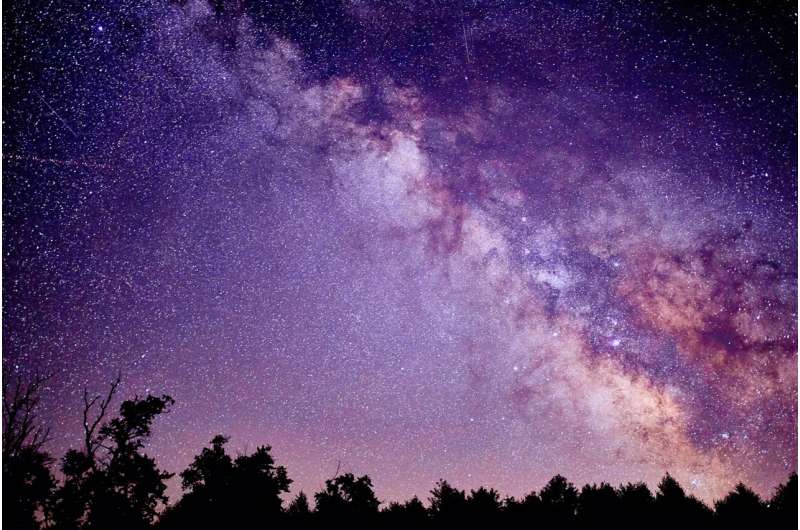
A team of researchers with affiliations to multiple institutions in the U.S. has found that the metal content of Fermi bubble high-velocity clouds does not match with material in the Milky Way’s galactic center, suggesting that at least some of the material comes from somewhere else.

Researchers have peered back through 800 years of history to conclude that Mayapan – the capital of culture and politics for the Maya people of the Yucatán Peninsula in the 13th and 14th century CE – may well have been undone by drought.
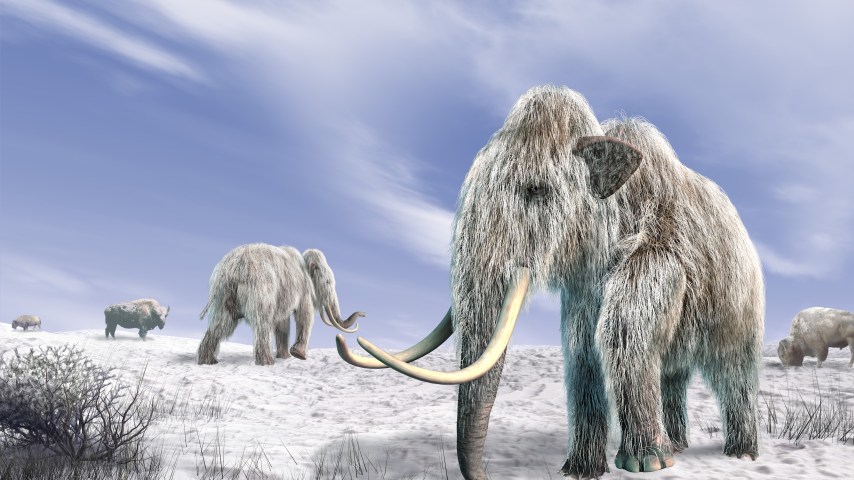
The death of the dinosaurs allowed mammals to become ascendant. But the history of mammals stretches far deeper than that. The first mammals go back about 325 million years, when the ancestral mammal lineage split from the reptile line.
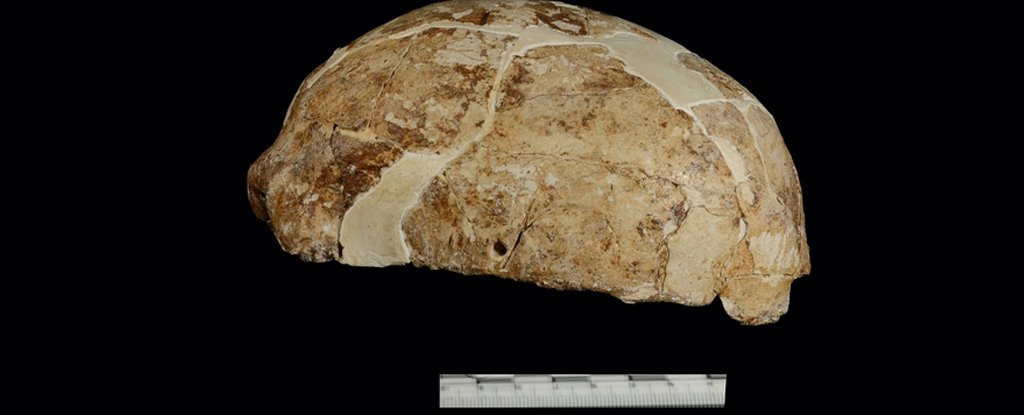
Remains recovered from a cave in the Chinese province of Yunnan more than 10 years ago have finally given up their secrets, with a DNA analysis revealing not just who left them, but ultimately where their ancestors would go.
Some say King Arthur slew a giant there. Others say he knelt in prayer and his knee print indentations are forever etched into the stone. Archaeologists set out to find out what really happened at Arthur’s Stone, a 5,000-year-old Neolithic chambered tomb in Herefordshire, England, near the border of Wales.
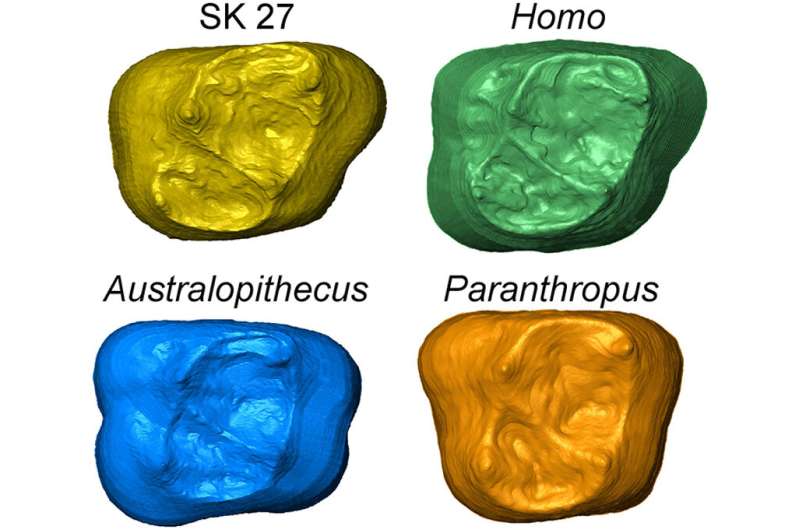
The new study, published in the journal Proceedings of the National Academy of Sciences, demonstrates that among the 23 specimens analyzed and potentially representing early Homo from southern Africa between 2.5 and 1.4 million years, a maximum of seven of them actually represent Homo, while the others more likely belong to Australopithecus or Paranthropus.
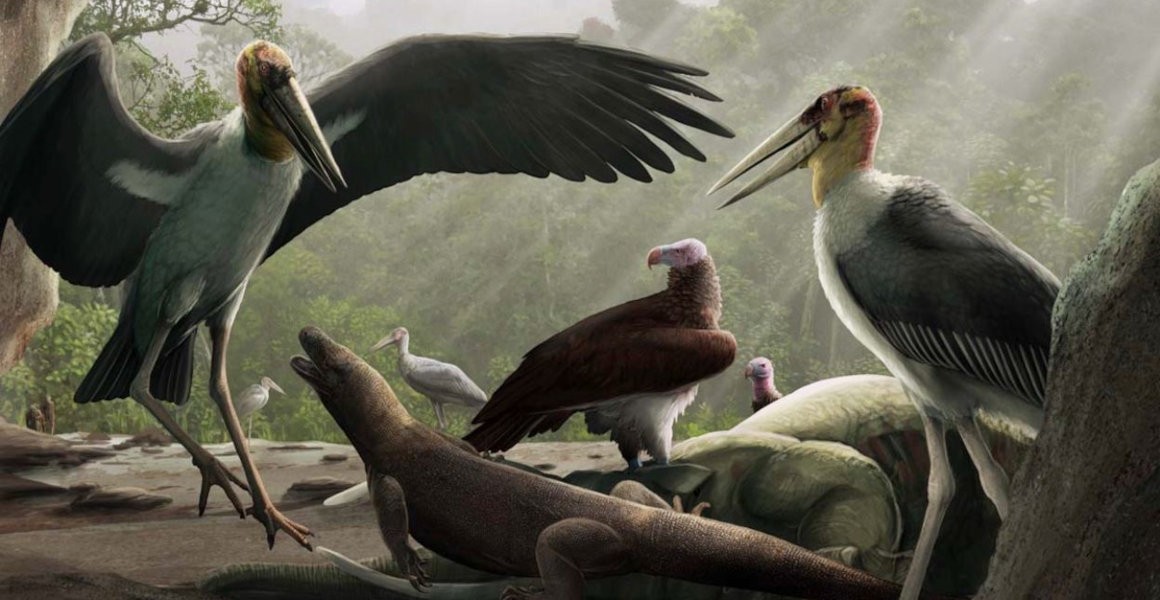
Over 50,000 years ago, giant carnivorous storks would have competed with ancient hominins for food on a tropical island.

Predatory dinosaurs with big skulls tend to have tiny arms. Researchers propose there might be a direct link between those traits.
Somewhere between five and ten million years ago, an asteroid crashed into Mars, creating a massive crater. Like getting caught in the crossfire of a friend’s drama, a piece of detritus from that explosive impact made its way all the way to Earth.

Neanderthals and Denisovans in our genes, sentient mollusks, and speaking cats and bats. We are not what we thought we were. Nor were other human species, we have been discovering over the last 20 years.

A jawbone fragment discovered in northern Spain last month could be the oldest known fossil of a human ancestor found to date in Europe, Spanish paleontologists said on Friday.

In a former gold mine a mile underground, inside a titanium tank filled with a rare liquified gas, scientists have begun the search for what so far has been unfindable: dark matter.

The image is said to be the deepest, most detailed infrared view of the Universe to date, containing the light from galaxies that has taken many billions of years to reach us.

The identity of an unknown god described in inscriptions from the ancient city of Palmyra, located in modern-day Syria, has long baffled scientists. But now, a researcher declares that she has cracked the case.
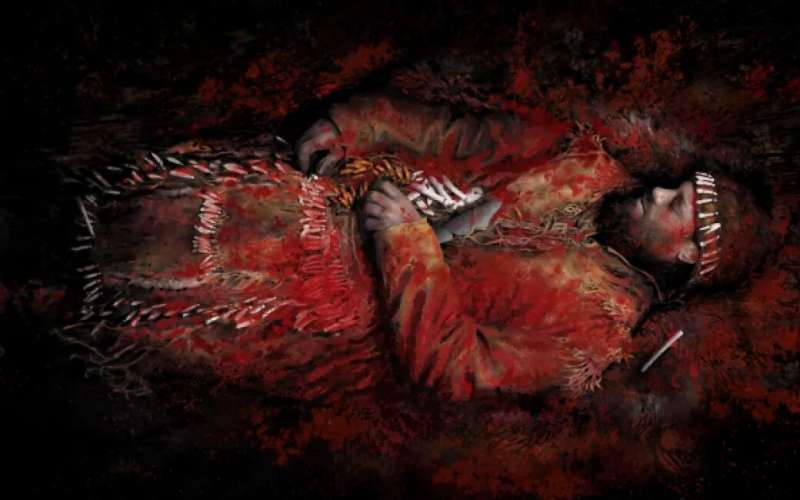
In the Stone Age, pendants with potent symbolism were made from animal teeth and bones, adorning clothes or accessories and serving as rattles. Human bones were also used as a raw material for pendants, as demonstrated by a study where burial finds dating back more than 8,200 years were re-examined after 80 years.
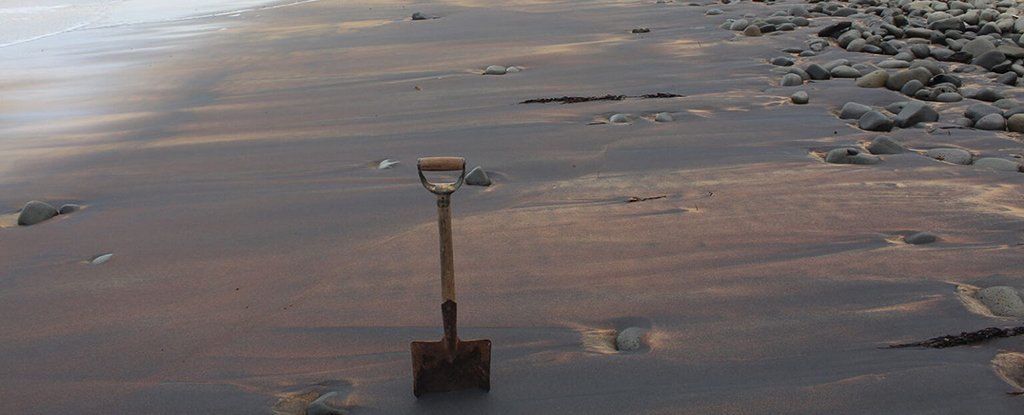
Scientists can use various clues to figure out what’s under Earth’s surface without actually having to do any digging – including firing super-fine lasers thinner than a human hair at minerals found in beach sand.








